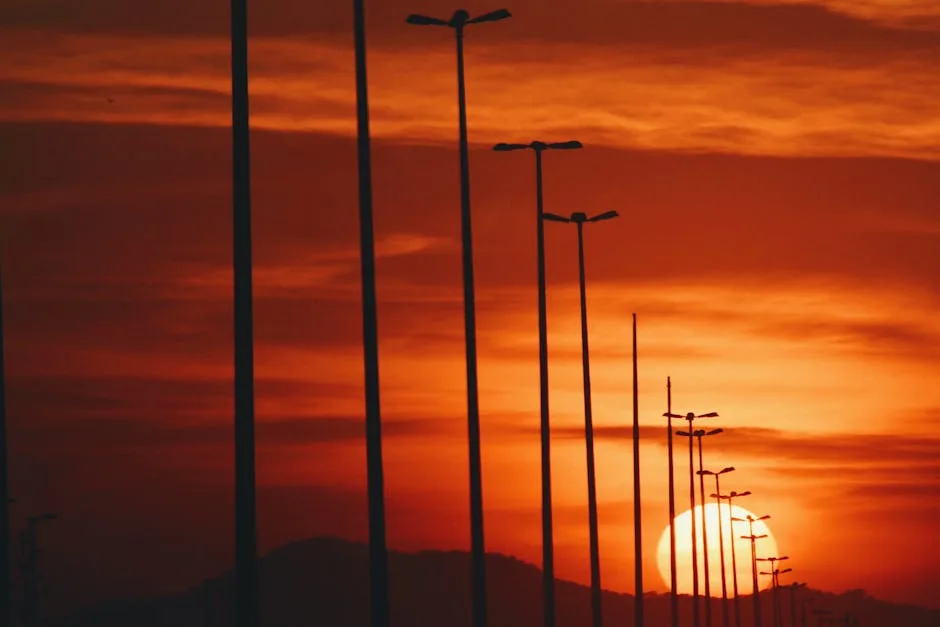- The Birth of a Giant: A Quick Trip Through Maracanã's History
- The 'Maracanazo': A Silence Heard Around the World
- From Pelé's Milestone to Modern Glory
- Visiting the Maracanã Today: Your Tour Guide
- What to Expect on a Maracanã Tour
- Booking Your Tickets and Tour Options
- Getting to the Stadium
- More Than Just a Stadium: The Vibe on Match Day
- The Greatest Games Played on Hallowed Ground
- Pro Tips for Your Maracanã Adventure
Step into Rio de Janeiro, and you can feel it in the air—a rhythm, a passion that pulses through the city’s veins. Much of that energy comes from one place: the Estádio Jornalista Mário Filho, known to the world simply as Maracanã. This isn’t just a stadium; it’s a cathedral of football, a stage for legends, and a place where national joy and heartbreak have been etched into the very concrete. Whether you’re a die-hard football fan or just a curious traveler, a visit to Maracanã is a journey into the soul of brazil.
So, grab your jersey (or just your camera), and let’s walk through the gates of this iconic landmark. We’ll explore its storied past, figure out the best way to see it up close, and relive some of the unforgettable moments that make Maracanã a true global treasure.
The Birth of a Giant: A Quick Trip Through Maracanã’s History
Imagine the scene: it’s the late 1940s, and Brazil has just been awarded the honor of hosting the 1950 FIFA World Cup. The country needed a showpiece, a stadium so colossal it would stun the world. And so, construction began on the Maracanã. Built in a staggering two years, it was designed to be the largest stadium on Earth, a symbol of Brazil’s rising ambition on the world stage.
When it opened, its official capacity was around 155,000, but for big games, that number swelled to unimaginable figures. The stadium was an architectural marvel, an enormous concrete bowl designed to amplify the roar of the crowd into a deafening symphony. It was more than just a venue; it was a statement. Brazil was ready to claim its place as the king of football, and Maracanã was to be its throne.

The ‘Maracanazo’: A Silence Heard Around the World
You can’t talk about Maracanã without talking about the “Maracanazo.” It’s a story whispered with a mix of reverence and pain. The final match of the 1950 World Cup was not a traditional final but the deciding game of a final group stage. Brazil only needed a draw against their much smaller neighbor, Uruguay, to win the trophy on home soil. The whole country was celebrating before the first whistle even blew. Newspapers printed victory headlines in advance.
With an estimated 200,000 people packed into the stadium, Brazil scored first, and the party reached a fever pitch. But then, Uruguay equalized. And with just 11 minutes left to play, Uruguayan winger Alcides Ghiggia scored again. The stadium, once a cauldron of noise, fell into a deep, shocking silence. Brazil had lost. This national tragedy left a deep scar on the Brazilian psyche, forever cementing Maracanã as a place of both potential glory and profound sorrow. The ghost of 1950 still lingers in its halls, a powerful reminder of football’s emotional weight.
From Pelé’s Milestone to Modern Glory
While the Maracanazo is a defining moment, the stadium’s history is filled with countless moments of triumph. One of the most legendary came in 1969 when Pelé, the king of football himself, scored his 1,000th career goal from a penalty kick for Santos against Vasco da Gama. The entire stadium erupted, fans poured onto the pitch, and Pelé was carried around on their shoulders in a scene of pure adulation.
Fast forward to the 21st century. The Maracanã underwent massive renovations to host the 2014 FIFA World Cup Final, where Germany defeated Argentina. While Brazil wasn’t in the final, the stadium once again proved it was a world-class stage. Just two years later, it hosted the opening and closing ceremonies of the 2016 Rio Olympics. In a moment of poetic redemption, the Brazilian men’s football team, led by Neymar, won their first-ever Olympic gold medal on that very pitch, finally exorcising some of the old ghosts.
Visiting the Maracanã Today: Your Tour Guide
Ready to see it for yourself? Taking a tour of Maracanã is a fantastic way to spend an afternoon in Rio. It’s accessible, well-organized, and gives you a behind-the-scenes look at places usually reserved for footballing royalty.
What to Expect on a Maracanã Tour
The standard tour is a self-guided experience, allowing you to move at your own pace. You’ll get to explore several key areas:
- The Museum: The tour starts with a collection of memorabilia, showcasing historic jerseys, balls, and trophies from Brazilian football history.
- The Locker Rooms: Walk into the home team’s dressing room, decorated with the jerseys of Rio’s four major clubs: Flamengo, Fluminense, Vasco da Gama, and Botafogo. You can almost feel the pre-game tension in the air.
- The Pitch-Side View: The highlight for many is walking through the players’ tunnel and emerging onto the sideline. Standing by the immaculate pitch and looking up at the sea of seats is truly breathtaking. You can even sit in the team’s dugout!
- The Press Room: Sit behind the microphone where coaches and players face the world’s media after a big match.
- The Hall of Fame: See the footprints of Brazilian legends like Pelé, Garrincha, and Zico immortalized in cement casts, a local version of Hollywood’s Walk of Fame.

Booking Your Tickets and Tour Options
Booking is straightforward. You can buy tickets directly at the stadium’s box office (Gate A) or, to save time, purchase them online in advance from the official website or authorized resellers. There are two main options: a self-guided tour where you explore on your own, or a guided tour (available at specific times) where a knowledgeable guide shares stories and secrets of the stadium. The guided option is fantastic if you want deeper historical context.
Getting to the Stadium
Maracanã is very well-connected. The easiest way to get there is via the Rio Metro. Just take Line 2 and get off at Maracanã station, which is connected directly to the stadium by a pedestrian walkway. Several bus lines also stop nearby, and ride-sharing apps are always a convenient option.
More Than Just a Stadium: The Vibe on Match Day
If a stadium tour is like visiting a church on a weekday, then attending a match is like being there for the main service. The atmosphere on game day is electric. The *torcidas* (organized fan groups) fill the stands with giant flags, incessant drumming, and passionate chanting that doesn’t stop for 90 minutes. The colors, the sounds, the sheer energy—it’s an unforgettable cultural experience.
If you get the chance, try to see a *Clássico dos Milhões* (Vasco vs. Flamengo) or, even better, the legendary *Fla-Flu* (Flamengo vs. Fluminense). This derby is one of the most famous in world football, and the rivalry creates an atmosphere that is second to none.
The Greatest Games Played on Hallowed Ground
Maracanã’s pitch is sacred ground, having hosted some of football’s most memorable encounters. While the list is long, a few stand out in history:
- Brazil vs. Uruguay (1950): The infamous “Maracanazo” that defined a generation.
- Santos vs. Vasco da Gama (1969): The night Pelé scored his 1000th goal and the world celebrated with him.
- Flamengo vs. Fluminense (1963): A Fla-Flu derby that set a world record for attendance at a club match, with over 194,000 spectators.
- Germany vs. Argentina (2014): A tense World Cup final where Mario Götze’s extra-time goal crowned Germany champions.
- Brazil vs. Germany (2016): A cathartic Olympic final where Brazil won gold on penalties, with Neymar scoring the winning spot-kick.
Pro Tips for Your Maracanã Adventure
To make the most of your visit, keep a few things in mind:
- Wear Comfortable Shoes: The stadium is huge, and you’ll be doing a lot of walking, especially on the tour.
- Check the Schedule: Before you go, check the official Maracanã website. On match days or the day before a big game, tour access might be restricted or altered.
- Stay Hydrated: Rio can be hot! Bring a water bottle, especially if you’re attending a match.
- Match Day Safety: If you’re going to a game, arrive early, be aware of your surroundings, and try not to wear expensive jewelry. It’s best to go with a group if possible.
- Embrace the Passion: Whether on a tour or at a match, let yourself get swept up in the emotion of the place. Maracanã is a living, breathing monument to the beautiful game, and its stories are waiting for you to discover them.




